
~ More earth and space science titles in the Build It Yourself Series ~

Check out more titles at www.nomadpress.net
Nomad Press
A division of Nomad Communications
10 9 8 7 6 5 4 3 2 1
Copyright 2017 by Nomad Press. All rights reserved.
No part of this book may be reproduced in any form without permission in writing from
the publisher, except by a reviewer who may quote brief passages in a review or for limited educational use.
The trademark Nomad Press and the Nomad Press logo are trademarks of Nomad Communications, Inc.
Educational Consultant, Marla Conn
Questions regarding the ordering of this book should be addressed to
Nomad Press
2456 Christian St.
White River Junction, VT 05001
www.nomadpress.net
CONTENTS
Introduction
Discover Plate Tectonics!
Chapter 1
The Movement of Tectonic Plates.
Chapter 2
Earthquakes
Chapter 3
Volcanoes
Chapter 4
Ridges and Trenches
Chapter 5
Plate Science History
Chapter 6
The Future of Plate Tectonics
 Interested in Primary Sources?
Interested in Primary Sources?
Look for this icon. Use a smartphone or tablet app to scan the QR code and explore more about plate tectonics! You can find a list of URLs on the Resources page.
If the QR code doesnt work, try searching the Internet with the Keyword Prompts to find other helpful sources.
plate tectonics 
ABOUT 275 MILLION YEARS AGO
The supercontinent Pangaea is formed.
ABOUT 200 MILLION YEARS AGO
Pangaea begins breaking up.
ABOUT 150 MILLION YEARS AGO
China begins to attach to what is now Asia, while North America and Europe begin to break away.
ABOUT 130 MILLION YEARS AGO
North America and Europe break apart.
ABOUT 50 MILLION YEARS AGO
Australia breaks apart from Antarctica.
1912
German scientist Alfred Wegener proposes the continental drift theory, which he calls continental displacement.
1929
British geologist Arthur Holmes proposes a theory of convection that pushed continental drift.
1931
Atlantis, the first ship specifically created to study marine biology, geology, and oceanography, is built.
1935
American seismologist Hugo Benioff first proposes that subduction zones cause earthquakes.
1936
Japanese seismologist Kiyoo Wadati writes a paper that proves the evidence of deep earthquakes. He also writes the first accurate description of the inclined zone of deep earthquakes.
1950s
Ships and submarines map the ocean floor, discovering mid-ocean ridges that help support the idea of sea-floor spreading.
1960
Harry Hess, an American geologist, proposes that sea-floor spreading is constantly adding new material to the ocean floor.
1961
American scientist Robert Dietz proposes the hypothesis that new crust material is formed at oceanic ridges and spreads outward by centimeters every year.
1963
British geologists Frederick Vine and Drummond Matthews use the discovery of magnetic striping of the ocean crust to support the idea that the planets plates separate at mid-ocean ridges.
1965
Sir Edward Bullard, a British geologist, shows that the continents fit better together along their continental shelf areas rather than along the current coastlines.
1968
The Glomar Challenger is built. It is the first research ship that drills samples of rock in the deep ocean floor, offering evidence of sea-floor spreading.
AUGUST 2016
Inspired by the deadly earthquake and tsunami that hit the Indian Ocean in December 2004, a team of international researchers return to offshore Sumatra to collect marine sediments, rocks, and fluids.
SEPTEMBER 2016
Kent Condie, a geochemist at the New Mexico Institute of Mining and Technology, announces tectonic activity is increasing. He and his colleagues say the rate has doubled over the last 2 billion years.

Did you know that the surface of planet Earth is similar to one enormous jigsaw puzzle? A puzzle is made up of anywhere from a few pieces to thousands of pieces. And each piece has a very specific shape that allows it to fit perfectly against another piece of the puzzle, right?
Take a close look at the shape of the continents on our planet. If you study them very carefully, youll see that they kind of look like puzzle pieces. Look at the shape of Africa. See how the west coast of Africa curves inward? Now look at the shape of South America. What do you notice about the east coast of that continent?
What if you were assembling a puzzle and saw two pieces like Africa and South America? Would you try to fit them together?
A German scientist named Alfred Wegener noticed this back in 1912. He started thinking, What if these two continents actually had been one piece, but somehow broke apart?
That question is what led to the study of plate tectonics . This is the idea that the surface of the earth is made of plates , or giant chunks of land, and that they are actually drifting extremely slowly over the surface of the earth. The tectonic plates are moving more slowly than you would ever be able to see just by watching.
 No Way!
No Way!
When Alfred Wegener began to present his theories of plate tectonics to the scientific community in the early 1900s, he was laughed at, threatened, and criticized. The rest of the world wasnt ready to listen to his ideas, and he had no actual evidence to prove his theory. It wasnt until the 1960s, 30 years after Wegener died, that scientists discovered his theories were correct and the science of plate tectonics began to move forward. He is sometimes referred to as the Copernicus of Geosciences. Can you figure out why? You can see pictures of him and look at his original notebooks, which are written in German, here.

Alfred Wegener Institute Copernicus 
Major fault lines are the areas where the plates bump against each other and pull apart.
ALL TOGETHER NOW!
Scientists believe that about 200 million years ago, the earth actually had only one enormous landmass. All seven continents that we have now were fused together into one giant continent called Pangaea. This supercontinent had weak lines throughout it. Think of it as a big graham cracker that has dents, or perforations , where you snap it into smaller pieces.
WORDS TO KNOW
plate tectonics: the theory that describes how plates in the earths crust slowly move and interact with each other to produce earthquakes, volcanoes, and mountains.
Next page
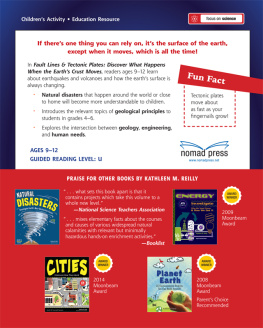
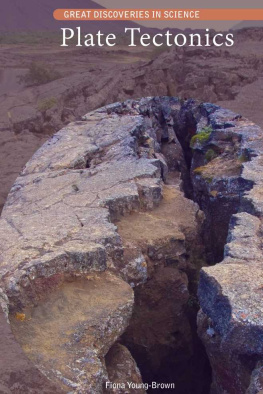
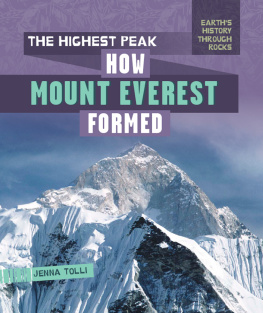
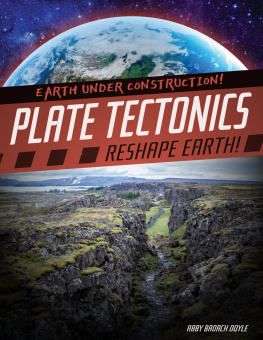

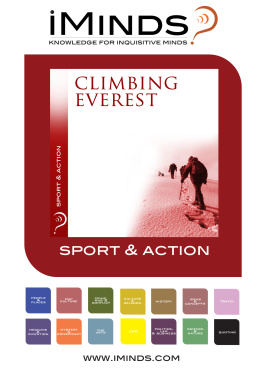
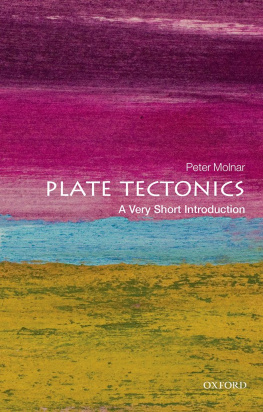
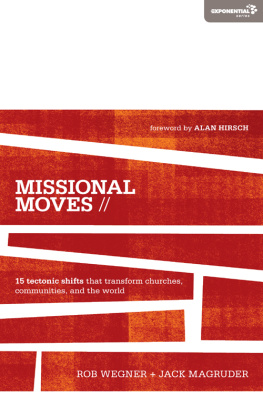

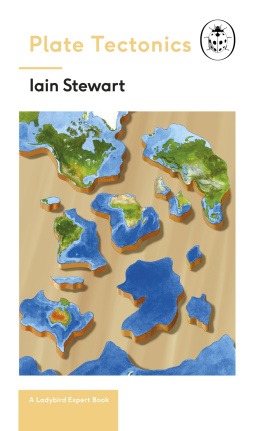


 Interested in Primary Sources?
Interested in Primary Sources?

